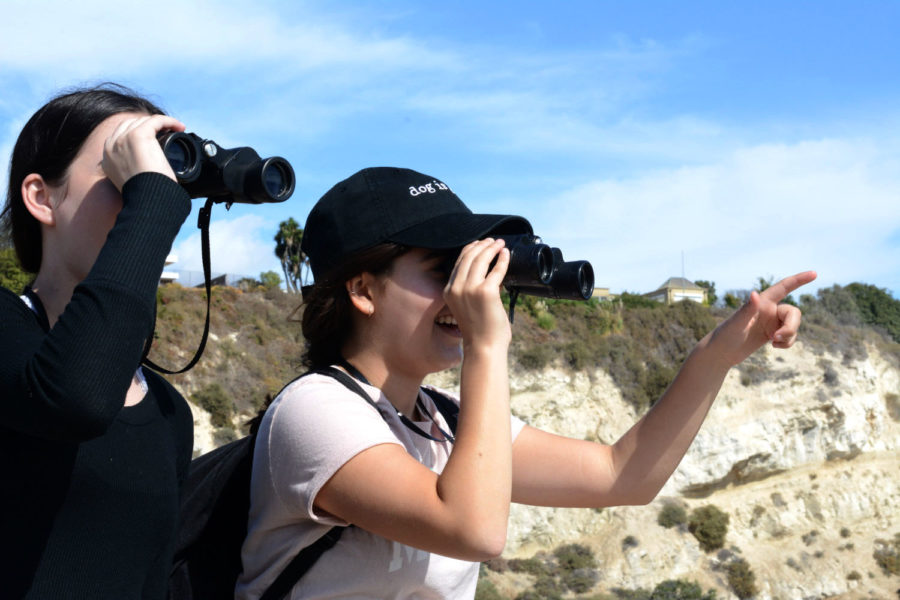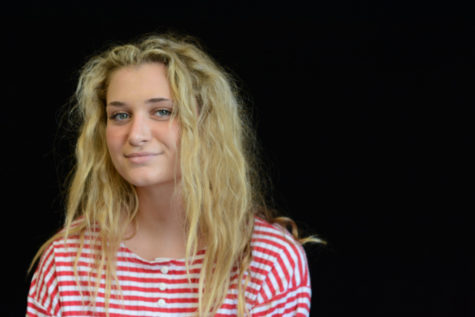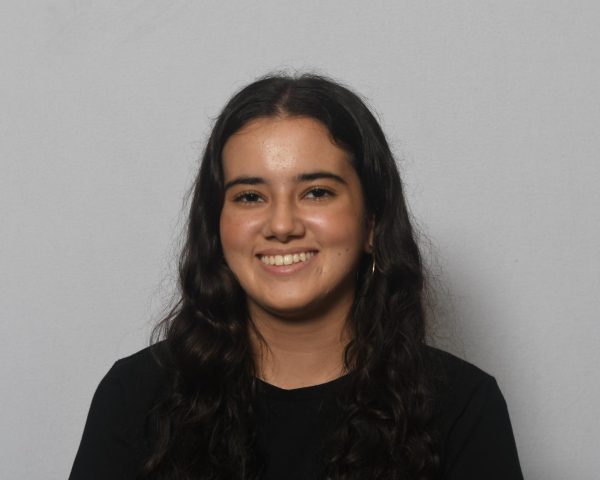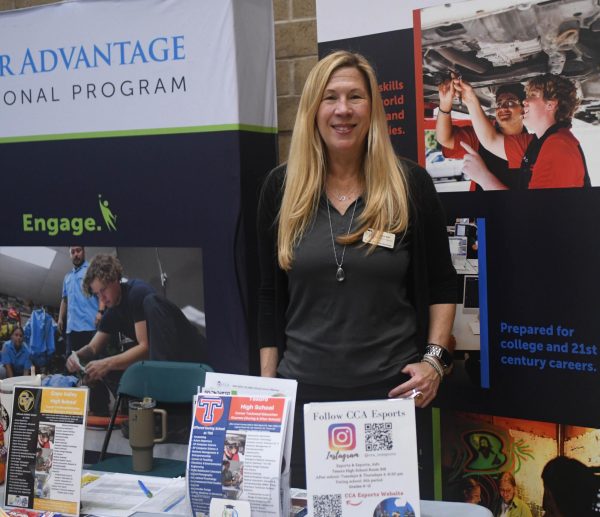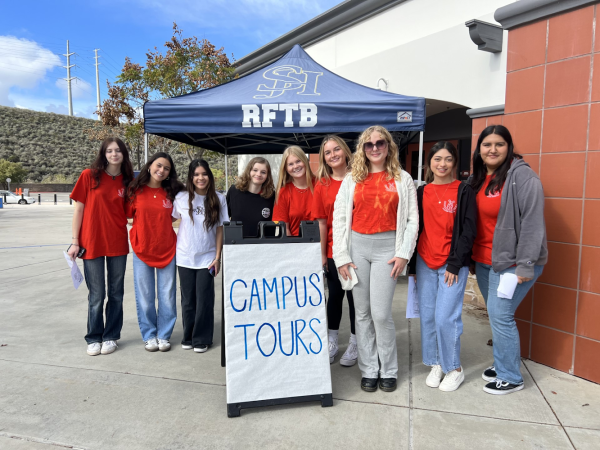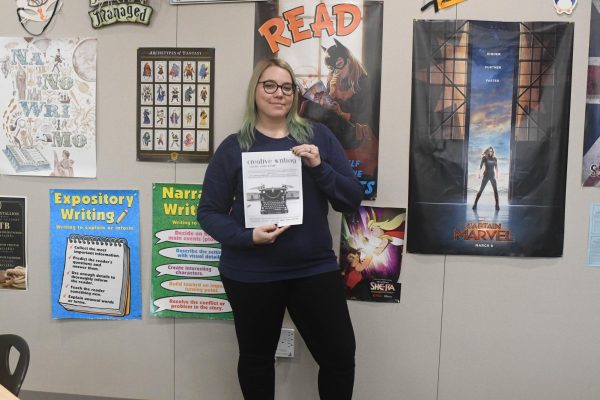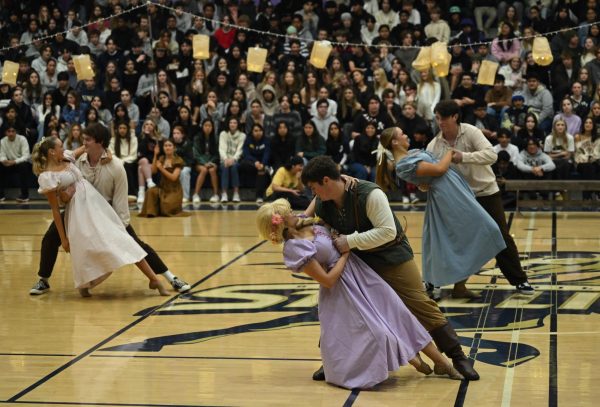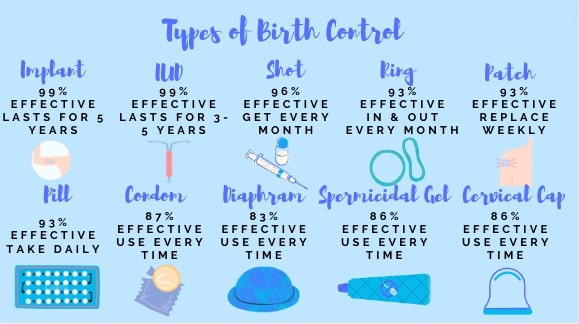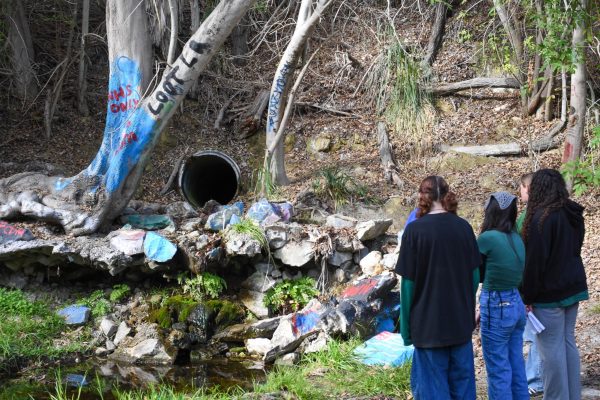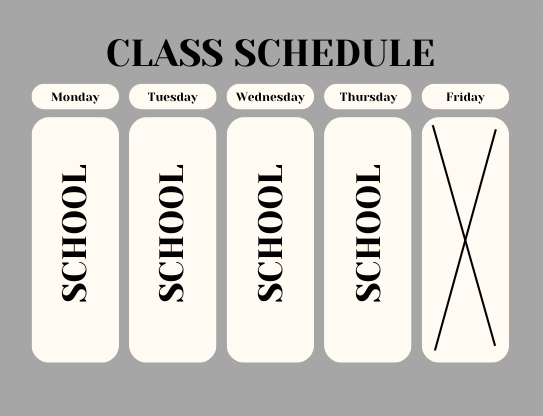APES Students Observe Ecosystem of an Estuary Firsthand
Students of Emily Price’s AP Environmental Science class watch for different species of birds with their binoculars at Newport Back Bay Estuary on a field trip.
December 5, 2017
Emily Price’s third and fifth period AP Environmental Science classes took a field trip to Newport Back Bay on November 3. They learned about the coordination and effects of organisms in an estuary.
AP Environmental Science introduces concepts to students including climate change, pollution, and most importantly, how organisms respond and contribute to their ecosystem.
Volunteers introduced students to several tidal and seasonal changes. Students recognized bird species such as turkey vultures, hawks, snowy egrets, and ducks. Students split up into two groups; one went hiking while the other canoed across the estuary.
“It was incredible to explore the diversity in such a small area. It was cool to invest time into researching the birds all the way down to the microscopic bacteria,” said senior Isaiah Yoways.
It definitely made everything that I learned seem a lot more real; the things we learn about, the degradation and problems in the environment, are literally happening in our backyard!
— Roxy Amirazizi
“It definitely made everything that I learned seem a lot more real; the things we learn about, the degradation and problems in the environment, are literally happening in our backyard!” said Roxy Amirazizi (12). The coolest thing Amirazizi saw was “the passion and dedication that the volunteers have for protecting the area. It really made me realize that people are capable of change; by protecting the estuary from waste and human impact, the ocean animals are protected as well. The world is a really big system; by helping one part of it, you help all parts of it.”
Students rowed outrigger canoes through the estuary, which was only a few feet deep. They observed the living conditions of many different organisms dwelling in the ecosystem.
“It was really cool to see the state of the estuary given today’s environmental status, as most of our environment today is polluted and degraded,” said Yoways.
The trip followed Price’s lessons on the ecosystem of an estuary by giving students an educational, hands-on experience.
Emma Rauschenbach’s (12) favorite part was “discovering how many invasive species have pushed native plants out of the natural habitats and to the brink of extinction. That or the cool sea slug.”
“It was really interesting to learn that only 5% of estuaries still exist today. The rest have all been drained or destroyed,” said Virginia Smith (11).
For students, first-hand experience in the environments which they learn about is often really beneficial, according to Price. “Teamwork by rowing canoes, having real world experience, and working with professionals was a good learning experience for the students,” she said. “The students always really seem to enjoy it.”
This is the sixth year Price has taken her APES students on the trip. She intends to continue the tradition in the future.

